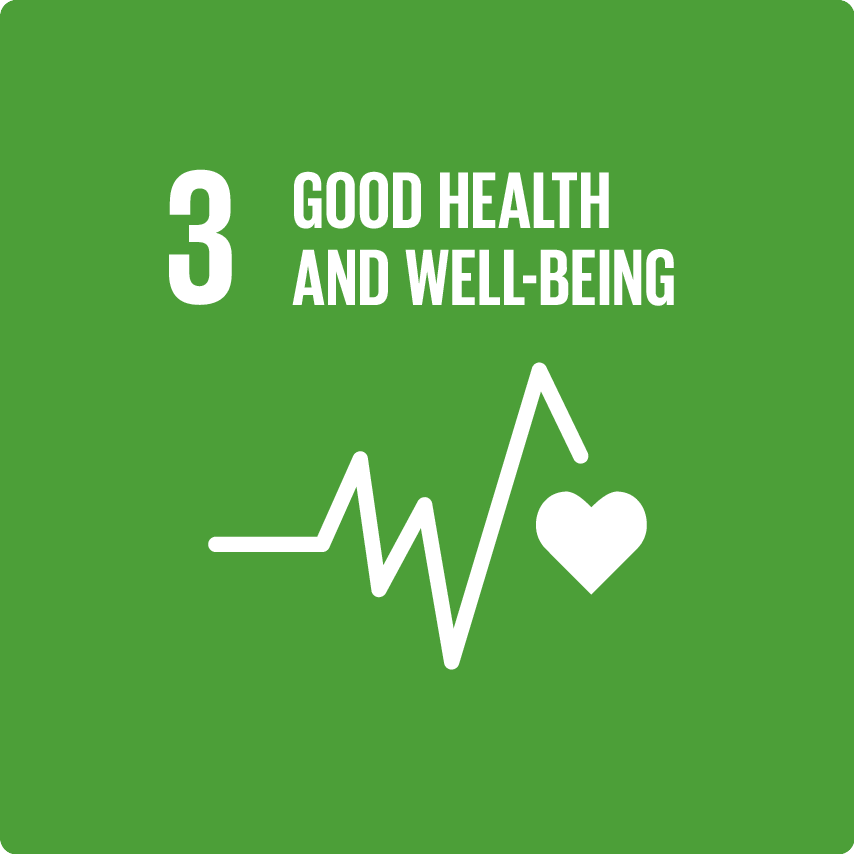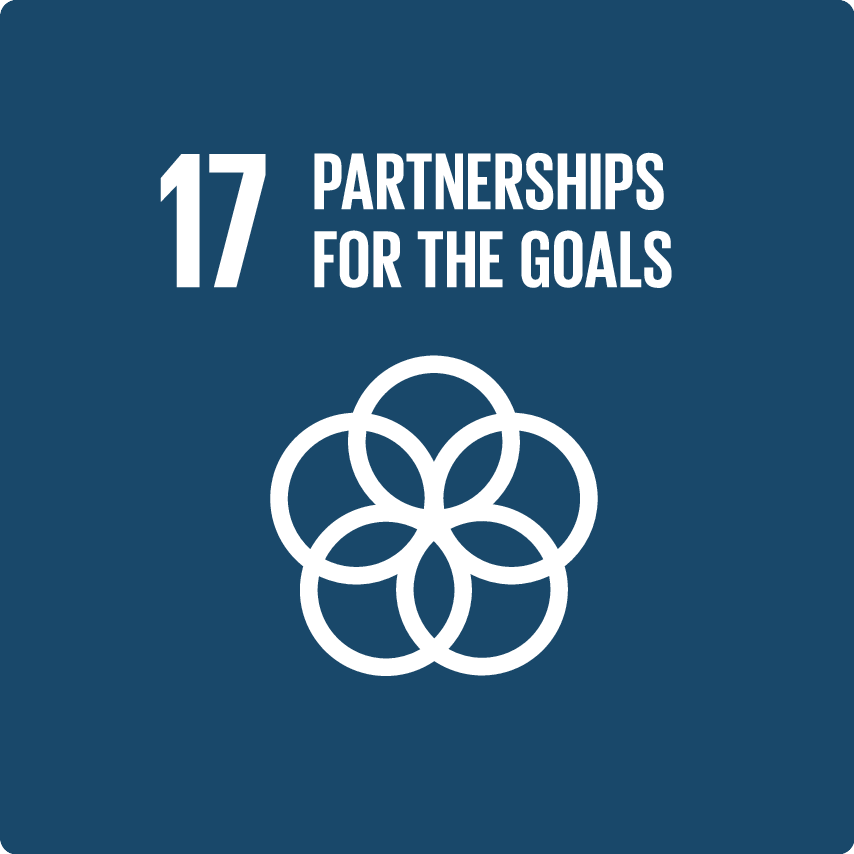Pfizer Global Antimicrobial Surveillance Programs
Understanding evolving bacterial resistance patterns in order to manage the rise of antimicrobial resistance (AMR).
SEE ALL PARTNER ORGANIZATIONS
Objectives
- To monitor global changes in bacterial resistance patterns.
What are the health needs and challenges?
Understanding evolving bacterial resistance patterns is a key element in managing the rise of antimicrobial resistance (AMR). These data can be used to inform antimicrobial resistance mitigation strategies and provide physicians and healthcare practitioners with information to assist in the selection of appropriate treatments for their patients.
Partnership activities and how they address needs and challenges
Pfizer’s Antimicrobial Testing Leadership and Surveillance (ATLAS) program (formerly TEST) has monitored changing bacterial resistance patterns for over 15 years across more than 73 countries. It provides physicians and the healthcare community with cumulative data on bacterial surveillance. Data from this effort have been reported in manuscripts and congress abstracts. These cumulative data are also accessible through a publicly available web site (www.atlas-surveillance.com) that offers a web-based interactive platform that includes a dynamic database of “real-time” surveillance data to enable physicians to evaluate data, conduct analyses, and export tables and figures corresponding to specific countries and regions, and customized by pathogen(s) and antibiotic(s). The ATLAS database is updated every 6-9 months with emerging data from over 200 institutions around the world. ATLAS access is also available through a mobile App to enable data access at the point of care. Since 2004, the ATLAS program has provided valuable data and information – generating over 700 posters and 57 peer reviewed manuscripts to date.
The Global Antifungal Surveillance Program determines the frequency of occurrence of resistance among fungal pathogens causing infections in hospitalized patients. This global program includes 62 participating medical centers in the SENTRY Program, located in North America, Latin America, Europe, and the Asia-Pacific region.
China-based antibiotic resistance surveillance programs: Since 2005, CHINET has investigated the anti-bacterial resistance and susceptibility rate of clinical isolates from major regions in China. It has accumulated around 600,000 isolates so far and will also expand its coverage to all regions in 2017. CHIFNET investigates the anti-fungal resistance and susceptibility rate from all the regions since 2009, with about 3,500 isolated collected per.
Corresponding principle in the declaration
“We are committed to antibiotics only being used in patients who need them, we support continued education for clinical professionals on appropriate use, and we welcome the WHO Global Action Plan’s focus on improved stewardship”.
Read full Declaration by the Pharmaceutical, Biotechnology and Diagnostics Industries on Combating Antimicrobial Resistance (AMR)
An important component of stewardship is the ability to identify and track antimicrobial resistance occurrence and trends. This not only allows us to evaluate the effectiveness of stewardship programs, but it also enables public health officials to identify new emerging AMR problems.
Geographic Reach
- Global Commitment
Disease Area
- Infectious and Parasitic Disease
Partner organizations
Various partners
Geographic Reach
Global Commitment
Disease Area
Infectious and Parasitic Disease
- Drug-Resistant Infections (AMR)

